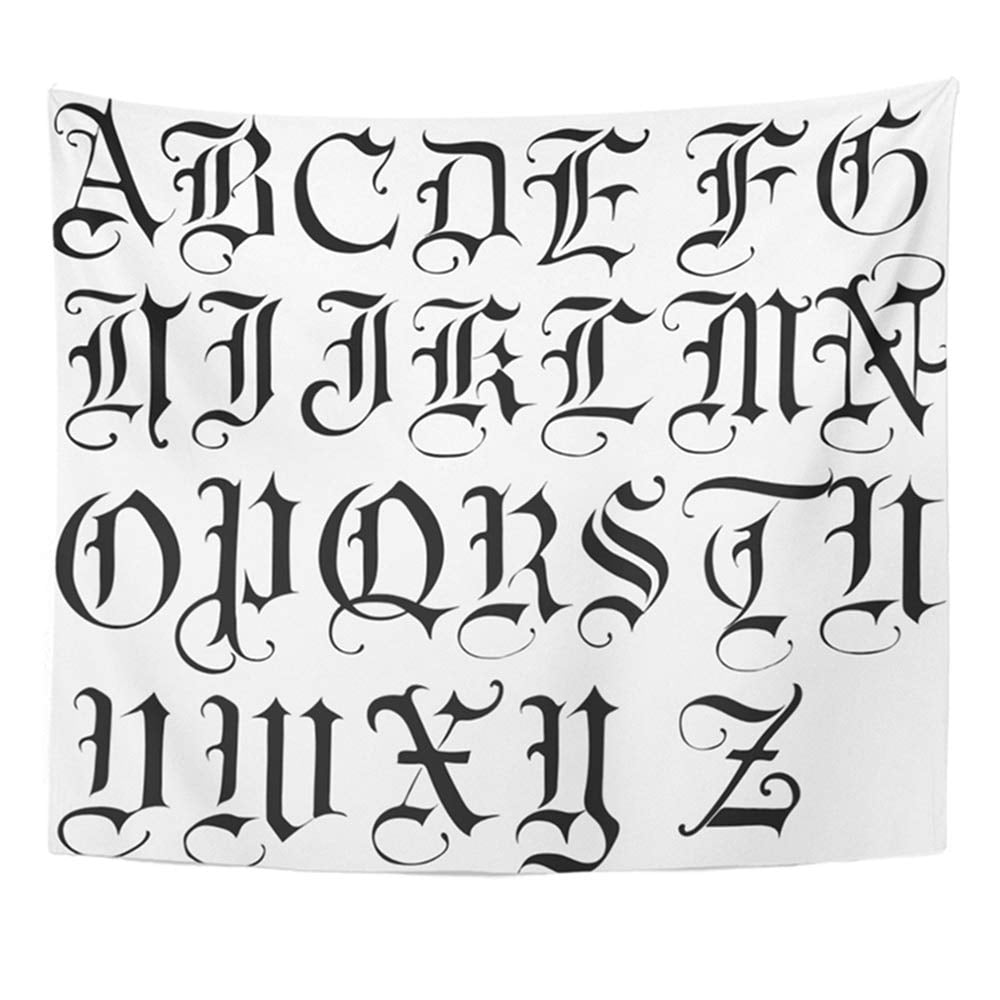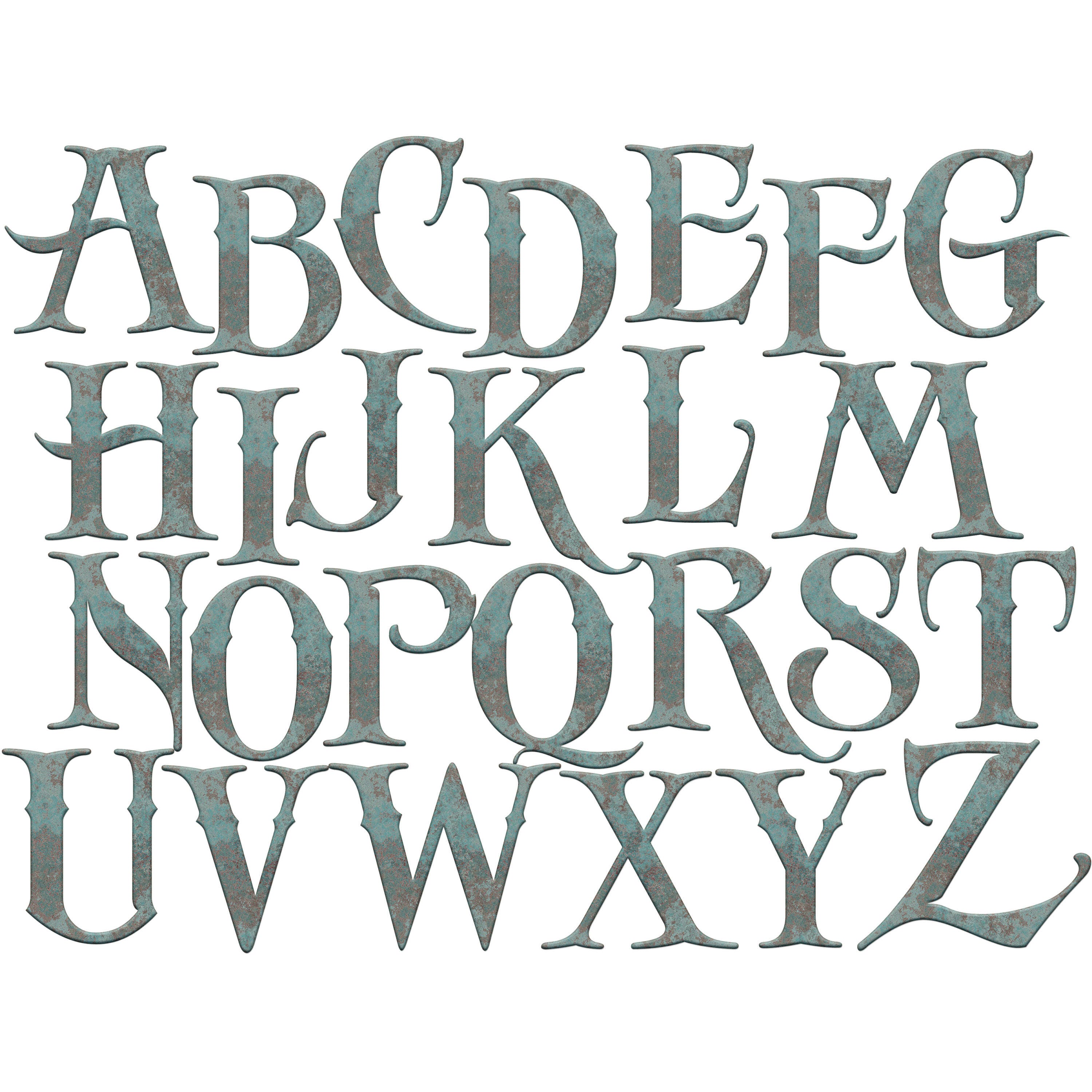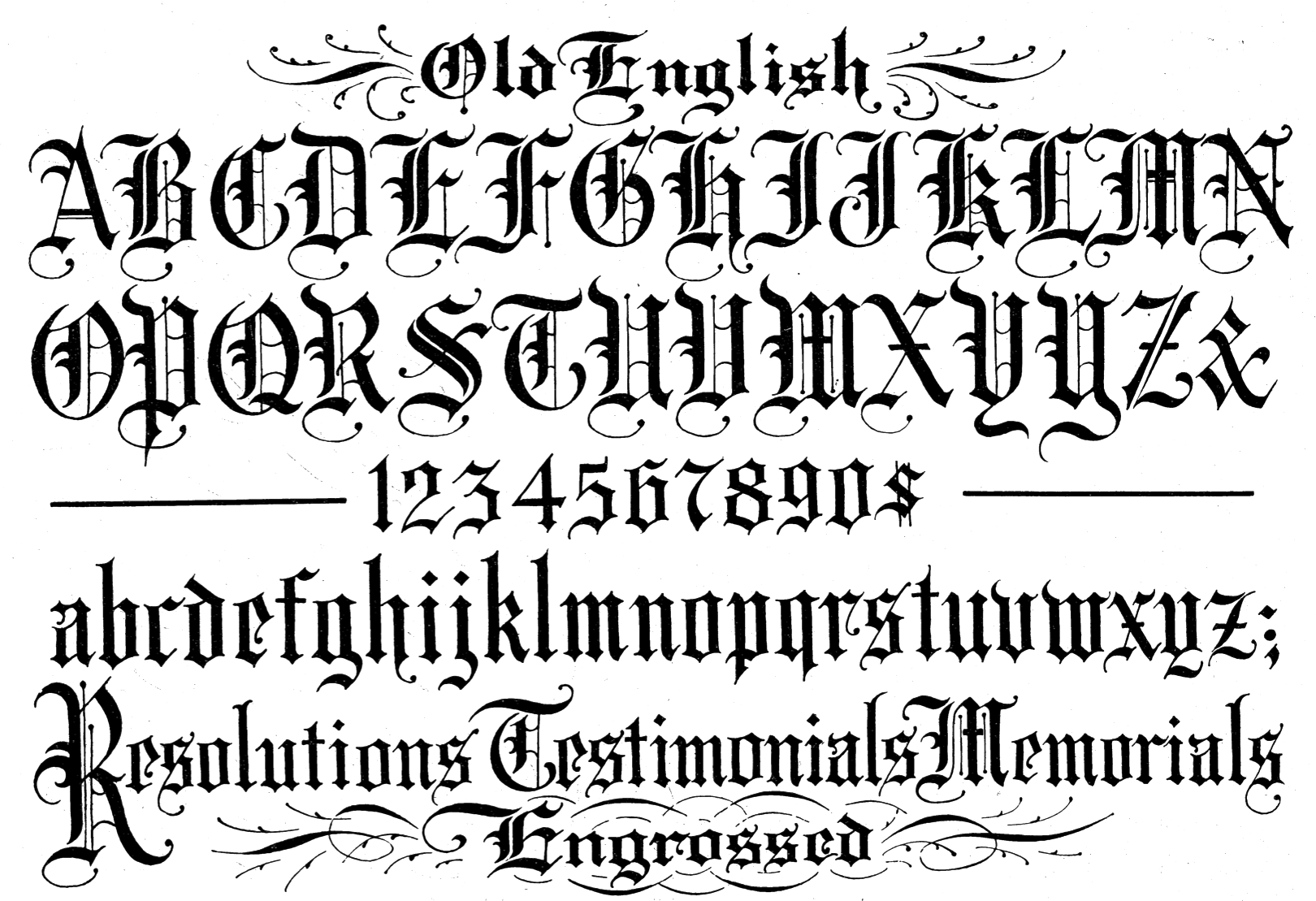

The practice was embraced by the Irish and English scribes who produced what is considered to be some of the most beautiful work in the world.Īll of the work of translating and transcribing, including illumination, was done by monks in the monasteries. Over time other civilizations adopted the use of illuminations for important documents. according to Amy E Bruce in her book, Illuminations: A lesson in the Art of Illuminated Letters. The first known use was by the Egyptians in 1310 B.C. Illumination had been used for centuries. Some manuscripts have illuminated letters that are designed from the image, for example a tree turned into the letter "T". Images were added and might be entwined around the letter or in the letter. Gold leaf was strategically applied to help give the glowing effect admired by so many. The letter was larger than the rest of the letters and had a distinct color. Illuminated letters would be used for the first letter of the first word of a page or paragraph. The pages were often decorated with an even more embellished form of Old English called illumination, so named because the letters were detailed with gold leaf and colored inks in such a way as to mimic a stained glass window with light shining through it. Sometimes compound words are given a space in the middle, or there is an added division at the syllable. Often several small words would be run together, or prepositions and adverbs are attached to the end of words. Even the way that words were spaced was inconsistent. Often the period at the end of a sentence is located above the baseline rather than on the line itself as in modern script. Apparently there were no rules for punctuation during the Middle Ages scribes added punctuation as they saw fit, or not at all. Old English Letters is a fascinating website that is a treasure trove of interesting information about the letters. In addition "ye" was used to represent the "th" sound.


The "i" and "j" were used interchangeably as were the "u" and the "v".

The alphabet had 24 letters instead of the 26 that the modern English alphabet contains. Over time these three styles developed into the beautiful Old English script that people admire today.
#OLD ENGLISH LETTERS WINDOWS#


 0 kommentar(er)
0 kommentar(er)
